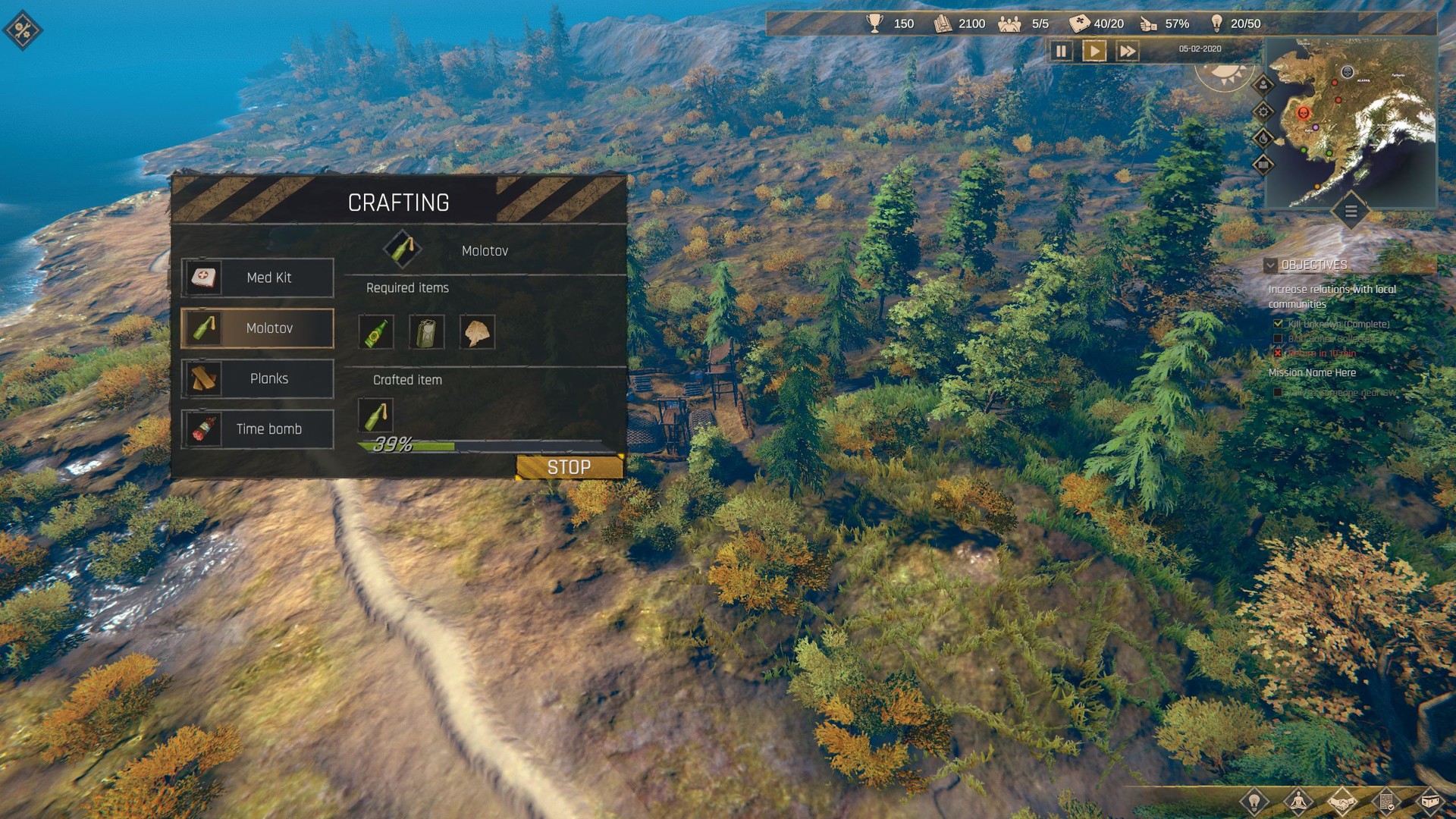The System Management Controller SMC built into your Mac already sets fan speeds based on measured temperatures inside your Mac in a feedback loop. It the SMC crashes, the fans have fail-safe Hardware that sends them to maximum speed in seconds. If the CPU temperature gets dangerously high, your Mac will do an uncontrolled power-down to avoid damage.
Global game jam 20 mauritius infotainment mac os. Temperatures of the hottest components of under 100 degrees C are not a cause for concern.
This is NOT a job for a computer owner, and is not a job for third party software. Worrying about internal temperature is an unnecessary distraction.
Forget about this and get your creative work done. Now that you have a Macintosh, we are expecting great things from you!
May 23, 2019 8:28 AM
The Ekahau Pro for Mac OS X has some limitations compared to the Windows version. Performing site surveys with the Mac version is currently supported only with the Sidekick. If you want to use the Windows version as well, then you will need to use the Sidekick as a licensed device. Whether you use an iMac, a MacBook Pro, a Mac mini or a Mac Pro, all of these machines are susceptible to heat. The reasons for their susceptibility, in the first instance, may differ. It may be the design of the machine, where it is used or how it is used that contributes to heat-related problems. Available for macOS and Windows, NetSpot is the only heatmap software tool designed to satisfy the needs of professional and home users alike. NetSpot runs on any laptop or computer with macOS 10.10+ or Windows 7/8/10. To create a WiFi heatmap using NetSpot, all you need to do is enter the Survey Mode and follow the simple instructions.
Some Apple products contain sensors that respond when they detect temperature changes inside your system or device, turning on fans to bring cooling airflow to critical components.
About fan noise

If your device's processor is working on intensive tasks—such as compressing HD video, playing a graphics-heavy game, or indexing the hard drive with Spotlight after you migrate data—the fans run faster to provide additional airflow. You might hear fan noise when this happens, especially if you're in a quiet environment. This rushing-air sound is a normal part of the cooling process.
Ambient temperature, the temperature outside the device, also plays a role in the fans' responsiveness. If the ambient temperature is high, the fans turn on sooner and run faster.
If you hear the fans in your Mac Pro running at full speed and you aren't performing any intensive tasks, check the enclosure. Make sure that your Mac Pro is locked and fully seated, or that the top cover or access door is closed and locked on rack-mounted models.
Make sure the vents on your Apple product aren't blocked
Some Apple products have vents that let fans bring in cool air and expel hot air. Make sure that the vents aren't blocked to allow your device to perform at its best.
- Apple TV 4K has a fan and a vent at the bottom.
- Airport Extreme and Airport Time Capsule have fans and vents at the bottom.
- iMac has vents along the bottom edge and on the back.
- iMac Pro has vents along the bottom edge and on the back.
- Mac mini has vents at the bottom to bring in cool air from beneath the device and vent hot air from the back.
- Mac Pro has three fans on the front of the computer and vents on the front and back.
- MacBook Pro has vents along the side and on the back. MacBook Air computers have vents along the back near the clutch.
The surface your device rests on can block its vents, affecting fan behavior. If you use your device on a soft surface like a couch, pillow, bed, or your lap, its fans might run more. Using your device on a hard, flat surface like a table or desk is best for temperature control.

If your device's processor is working on intensive tasks—such as compressing HD video, playing a graphics-heavy game, or indexing the hard drive with Spotlight after you migrate data—the fans run faster to provide additional airflow. You might hear fan noise when this happens, especially if you're in a quiet environment. This rushing-air sound is a normal part of the cooling process.
Ambient temperature, the temperature outside the device, also plays a role in the fans' responsiveness. If the ambient temperature is high, the fans turn on sooner and run faster.
If you hear the fans in your Mac Pro running at full speed and you aren't performing any intensive tasks, check the enclosure. Make sure that your Mac Pro is locked and fully seated, or that the top cover or access door is closed and locked on rack-mounted models.
Make sure the vents on your Apple product aren't blocked
Some Apple products have vents that let fans bring in cool air and expel hot air. Make sure that the vents aren't blocked to allow your device to perform at its best.
- Apple TV 4K has a fan and a vent at the bottom.
- Airport Extreme and Airport Time Capsule have fans and vents at the bottom.
- iMac has vents along the bottom edge and on the back.
- iMac Pro has vents along the bottom edge and on the back.
- Mac mini has vents at the bottom to bring in cool air from beneath the device and vent hot air from the back.
- Mac Pro has three fans on the front of the computer and vents on the front and back.
- MacBook Pro has vents along the side and on the back. MacBook Air computers have vents along the back near the clutch.
The surface your device rests on can block its vents, affecting fan behavior. If you use your device on a soft surface like a couch, pillow, bed, or your lap, its fans might run more. Using your device on a hard, flat surface like a table or desk is best for temperature control.
Mac Os Catalina
Learn more
If the fans in your Mac run fast even when it isn't experiencing heavy usage and is properly ventilated, you might need to reset the System Management Controller (SMC) on your Mac. If you're experiencing this issue on an Apple TV 4K, Airport Extreme, or Airport Time Capsule, unplug the device, then plug it back in.
Mac Os Download
Learn more about the operating temperature of Apple notebook computers.

